

Looking for a family day trip? Consider visiting Washington state’s most famous waterfall! Snoqualmie Falls tumbles down 268 feet with its width ranging from 50 to 150 feet, depending on water levels. After heavy rains, the roaring cascade takes on a curtain form that is a dramatic sight to behold.
The falls can be viewed from the lovely two-acre park which offers a gift shop, observation deck, the Salish Lodge, picnic areas, restrooms and a hiking trail.
The upper observation platform provides the best view of the falls and is wheelchair accessible. This is a must-stop spot for your family photo-op or selfie! The deck is sheltered, free, and open to the public from dawn until dusk.
Visitors can hike from the parking lot to the misty boardwalk near the base of the falls. The trail descends 1.3 miles through forested land to a powerhouse and a lower observation deck. Hikers can look through the windows of the powerhouse to view the turbines generating hydroelectric power for Puget Sound Energy. The trail includes interpretive signs introducing native wildlife and vegetation. A few sections of the trail are steep and provide a short challenge on the way back up the hill. It is a great introduction to the region for beginning hikers.
Salish Lodge & Spa has been ranked among the best small resorts in the world. This delightful Pacific Northwest lodge overlooks Snoqualmie Falls and offers lodging, spa services, and award-winning fine dining. For more information on this getaway resort visit www.salishlodge.com.
Ten Trails residents will discover that this gem is only 23 miles from home. Parking is free and dogs on a leash are allowed on the trail and lookouts. Winter is a great time to visit this iconic destination because water flow is often high, resulting in a dramatic display of nature’s power. Put this one-of-a-kind day trip on your calendar soon!
www.TenTrails.com
360-469-4043
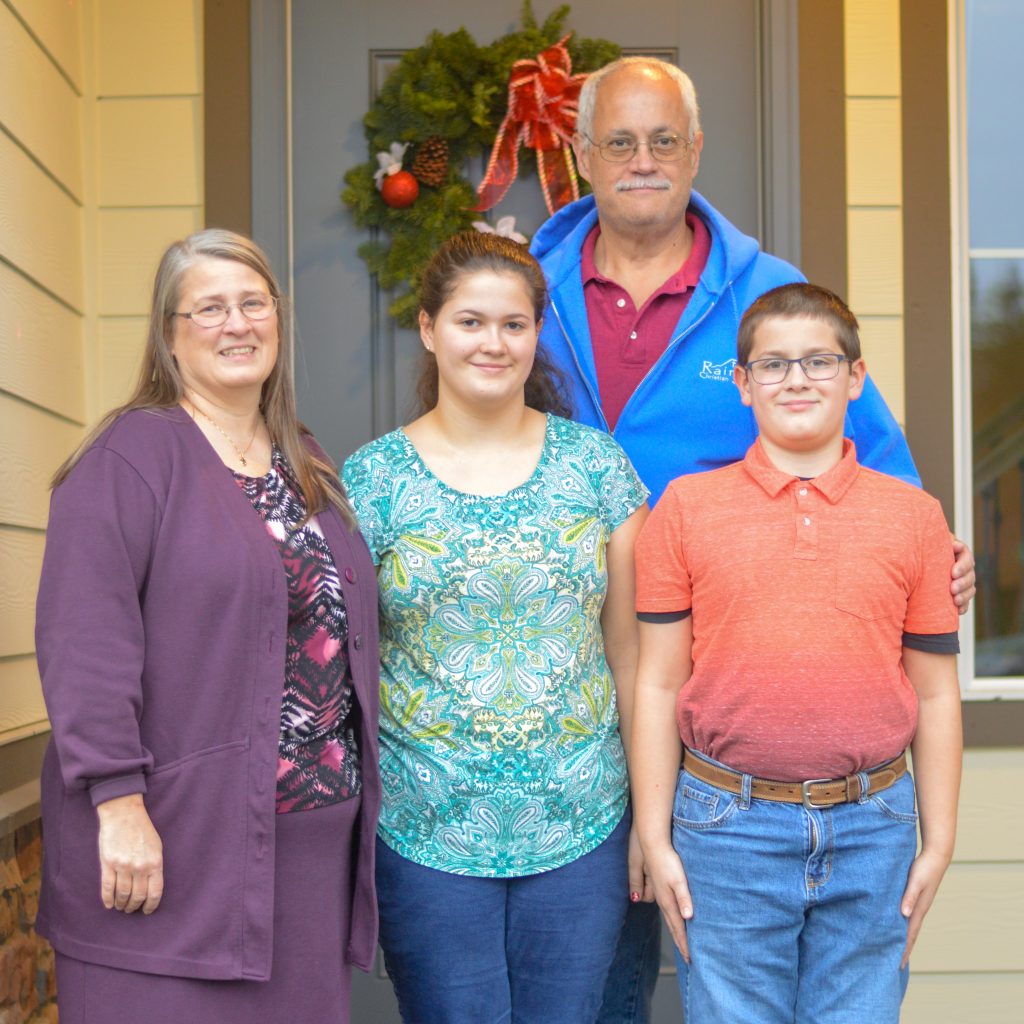
Please join us in welcoming the Hoyt family to Ten Trails! The Hoyts moved to community from the Lake Meridian area of Kent in October and became the first family to move in to a Lennar home in Ten Trails! The Hoyts began their home search in hopes they could find a floorplan that would allow Jackie Hoyt’s mother to move in with the family, and have her living space entirely on the first floor. The plan not only had to have main level living space, but also had to have plenty of room to accommodate a family of four. The Hoyts found their ideal home site and floorplan with the Riverwalk model in the Ten Trails Cottages.
Beyond finding just the right floorplan for their family–within their budget–the Hoyts were attracted to Ten Trails’ walking paths and the bonus green space right off their front yard, complete with its own fire pit and Adirondack chairs. John, an avid gardener, also admired the community’s lush landscaping woven throughout the parks, trails and home sites.
Before moving in, the family attended two of the community’s Hometown Social events and was impressed with the developer’s focus on creating a sense of community among new and future residents through shared experiences like its concerts in the park, game night event, and grand opening wine walk.
The Hoyts also have enjoyed using their new home’s one-gig internet through Wave Broadband. “We never see any delays in download speed,” says John. “It was easy to get started with our gigabyte router, and all of the cables were clearly marked when we moved in.”
Welcome to the community, John, Jackie, Josephine, and James! We are so happy you chose Ten Trails for Your New Hometown!
www.TenTrails.com
360-469-4043
Recreational razor clamming is one of the most popular licensed outdoor activities in Washington state. If you haven’t tried razor clamming, this is the perfect time to give it a try! This family-friendly activity is enjoyed by children and senior citizens alike, totaling over 75,000 participants each year in Washington. Razor clamming beaches on the Washington coast can be reached from Ten Trails in less than 3 hours. Washington Department of Fish and Wildlife has announced digs for this weekend so grab your gear and come along!
Razor clam is a common name for long, saltwater clams (which vaguely resemble a closed straight razor in shape). The Pacific razor clam can grow as long as six inches, in contrast with the common, Manila clam, which tops out at three or four inches. This clam is quite a bit beefier with far more protein that the more widely-known Manila clam.

To harvest razor clams, you’ll need boots, rubber gloves, a clam gun or shovel, a shellfish license, a headlamp—many low tides occur after dark—and a bucket to store what you’ve reaped. The “clam gun” refers to a specialized tube, made of aluminum or PVC pipe, with a handle which you wiggle into the wet sand, pulling up a core sample that, if properly extracted,will contain your prey.
Razor clams are collected in the hours just before low tide,when the receding water leaves behind soft sand. When clams move or feed, the disturbance creates a small hole or dimple in the sand.This is called a “show” and it is your indication that a clam is hidden beneath the surface. When you discover a “show,” you’ll target this area for digging with your shovel or clam gun. You’ll want to keep in mind that razor clams can dig downward about a foot every thirty seconds, and they can be up to three feet deep. They can’t go sideways, but they will move downward fast in wet sand. They will attempt to escape by digging down and away from you. Try to angle the gun slightly toward the ocean, and twist or plunge the tube until the pipe is at least two feet down into the sand. If you hear a crunch, you found one, but that sound means you’ve broken the shell. You are required to keep it and count it toward your daily limit of 15. Fortunately, mangled clams are still edible!
Experienced clam hunters recommend that diggers arrive to the beach an hour or two before low tide for best results. Designated dig times are often in the evening, so be sure to dress warmly and be extra cautious of the ocean as it’s difficult to see large waves coming at night.
The largest concentration of razor clams in Washington is found on a 53-mile stretch of shore on Washington state’s southern coast, where sandy,flat beaches provide an ideal habitat. Razor clams should only be harvested at the designated times and locations published on the WDFW website. Before heading out, always be aware of season openings, closures and adhere to designated times and locations on the WDFW website: www.wdfw.wa.gov/fishing/shellfish/razorclams
Upcoming digs are scheduled on the following dates, beaches and low tides:
Dec.21, Friday, 5:35 p.m.; -1.0 feet; Twin Harbors, Copalis
Dec.22, Saturday, 6:20 p.m.; -1.4 feet; Long Beach, Twin Harbors, Mocrocks
Dec.23, Sunday, 7:05 p.m.; -1.6 feet; Twin Harbors, Copalis
Washington State Department of Fish and Wildlife tests for levels of a natural toxin produced by certain types of algae to determine if, when, and where to open beaches for harvesting of razor clams. Razor clamming should only be done at the designated times and locations published www.wdfw.wa.gov/fishing/shellfish/razorclams.
The daily limit per person is 15 clams, no matter what condition they are in, once removed from the sand. That limit is subject to change. Always check with official sources if you have any questions. Digging prior to noon during the Fall-Winter season on the approved days is not allowed. Also, each digger must keep their razor clams in a separate container.
All diggers age 15 or older must have an applicable 2018-19 fishing license to harvest razor clams on any beach.Licenses, ranging from a three-day razor clam license to an annual combination fishing license, are available on WDFW’s website and from license vendors around the state.
As part of planning your razor clamming trip, visit the website for Razor Clam Society at www.razorclamsociety.org and the Washington State Parks Foundation at www.waparks.org/razor-clamming-on-the-coast.
www.TenTrails.com
360-469-4043
Commuting to Seattle from Ten Trails is a breeze with the nearby Sounder train. Just a quick drive from Ten Trails via car, residents can park their vehicles for free at Kent Station in their parking deck or on nearby side streets, then catch the train for a quick ride into the city.
Downtown Seattle’s King Street Station is the second stop from Kent Station and the “Southbound Sounder’s” final destination for morning commuters to the city. From here, commuters can walk to work if they work downtown, or catch a ride on the Link light rail or a bus.
The Sounder provides free, cellular WiFi access for riders, so you can get a jump start on your day’s work or even catch up on your favorite television show while riding to work.
Conveniently pay for Puget Sound area public transportation with your Orca Card. These cards work like cash or a pass and allow you to tap on or off buses, trains, and the Link light rail. Certain Seattle area employers also offer discounted or even free Orca cards for their employees. Inquire with your HR department about rider discounts.
By using public transit, you can save money on gas, vehicle maintenance and time spent idling in traffic. This means more time spent with your family in the evenings after work back at your new Ten Trails home!
www.TenTrails.com
360-469-4043

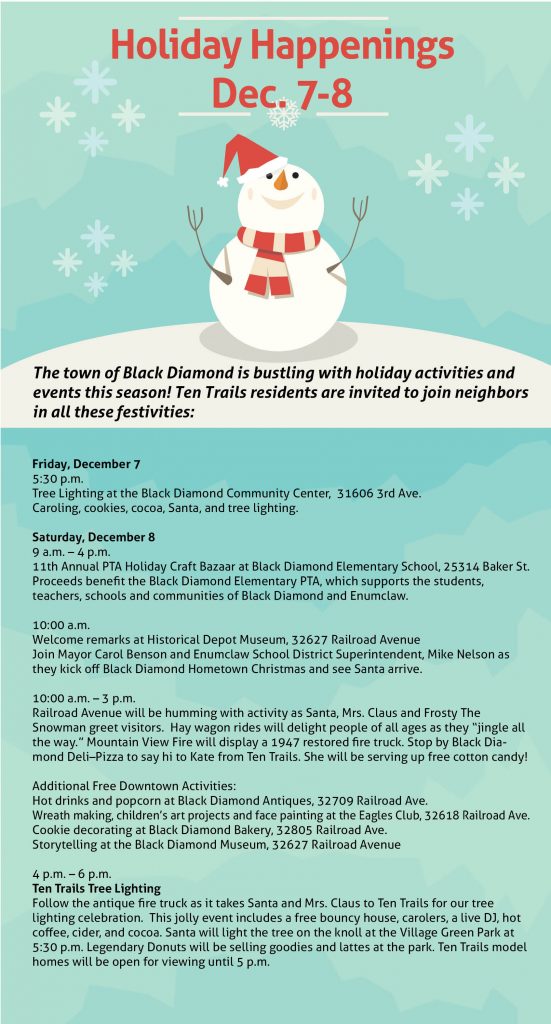
 Don’t miss a very special end-of-year sales event at Conner Homes! Now through November 30th ,2018, you can get $7,500 buyer bonus on selected inventory homes from Conner Homes at Ten Trails. Click here for details.
Don’t miss a very special end-of-year sales event at Conner Homes! Now through November 30th ,2018, you can get $7,500 buyer bonus on selected inventory homes from Conner Homes at Ten Trails. Click here for details.
 Just say Y.E.S. to special discounts during Lennar’s “Year-End Savings” new-home sales event! For a limited time, when customers use Eagle Home Mortgage to purchase a move-in ready home that can close before the end of November, they will receive up to $10,000 in closing cost incentives. Click here to visit Lennar’s website for details and exclusions.
www.TenTrails.com
360-469-4043
Just say Y.E.S. to special discounts during Lennar’s “Year-End Savings” new-home sales event! For a limited time, when customers use Eagle Home Mortgage to purchase a move-in ready home that can close before the end of November, they will receive up to $10,000 in closing cost incentives. Click here to visit Lennar’s website for details and exclusions.
www.TenTrails.com
360-469-4043 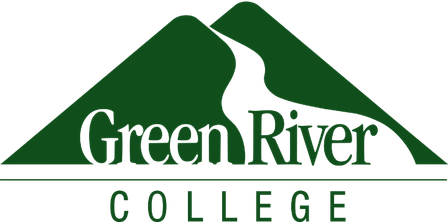
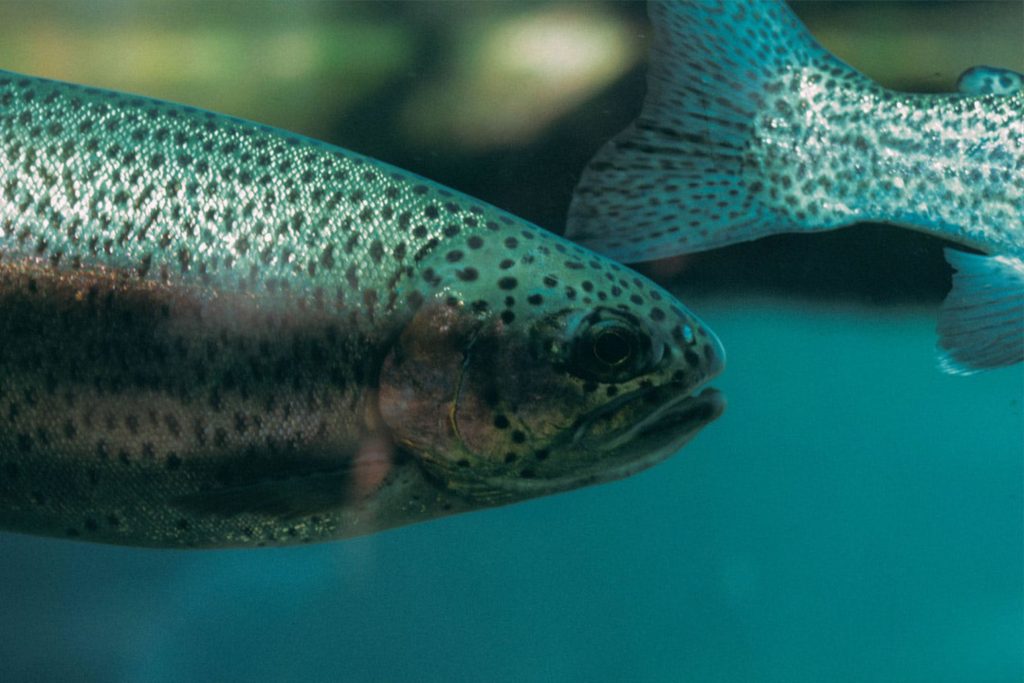 Right now is the time of year that salmon are embarking in their long journey upstream to spawn. The annual migration is one of the Pacific Northwest’s most awe-inspiring biological phenomenons and it can be viewed in person just minutes from Ten Trails! Just a few miles from community, the Cedar River boasts Sockeye, Chinook, and Coho salmon–all of which can be viewed completing their migration. Within a short drive from the community, you and your family can learn from local naturalists about the annual travels that salmon take from the Pacific Ocean to the Cedar River to spawn.
Right now is the time of year that salmon are embarking in their long journey upstream to spawn. The annual migration is one of the Pacific Northwest’s most awe-inspiring biological phenomenons and it can be viewed in person just minutes from Ten Trails! Just a few miles from community, the Cedar River boasts Sockeye, Chinook, and Coho salmon–all of which can be viewed completing their migration. Within a short drive from the community, you and your family can learn from local naturalists about the annual travels that salmon take from the Pacific Ocean to the Cedar River to spawn.

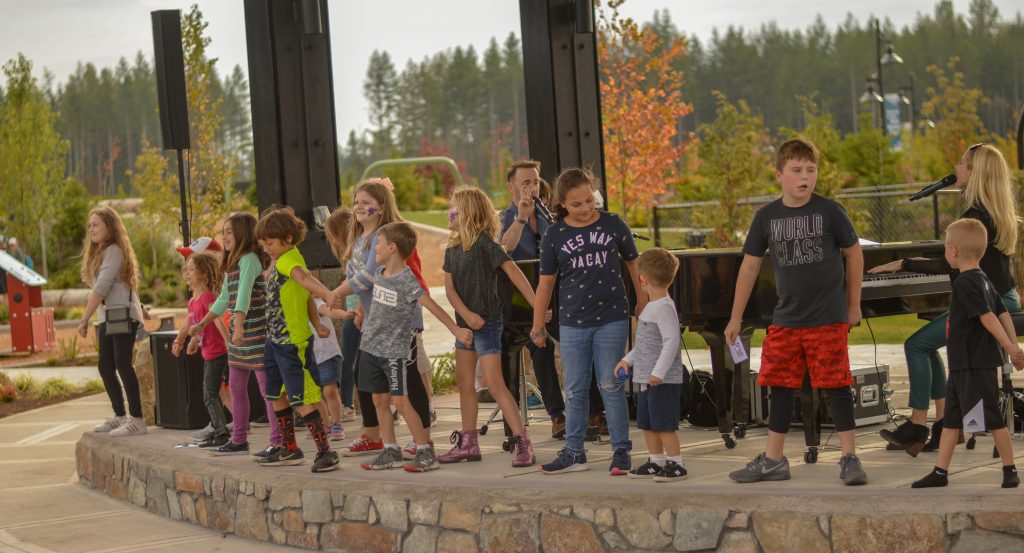
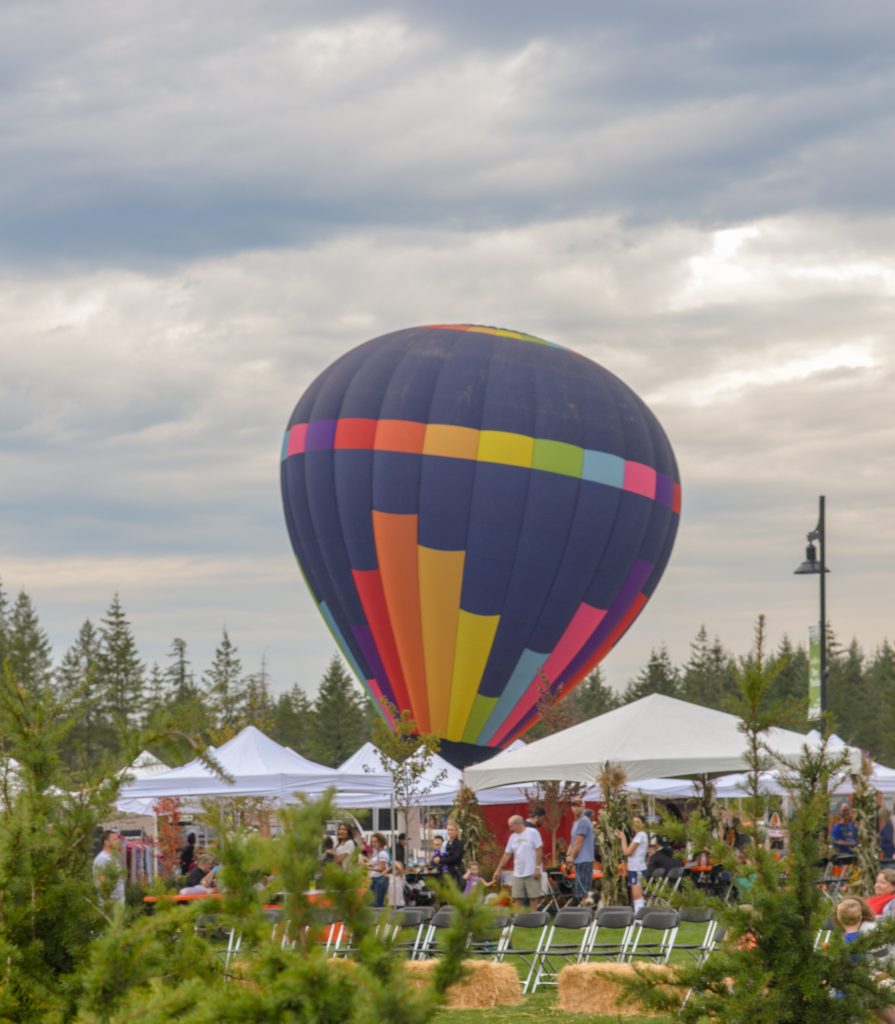
 For more photos and a video of the event, visit our Ten Trails Facebook page. Thanks to everyone who came out for this wonderful event!
360-469-2023
www.TenTrails.com
For more photos and a video of the event, visit our Ten Trails Facebook page. Thanks to everyone who came out for this wonderful event!
360-469-2023
www.TenTrails.com